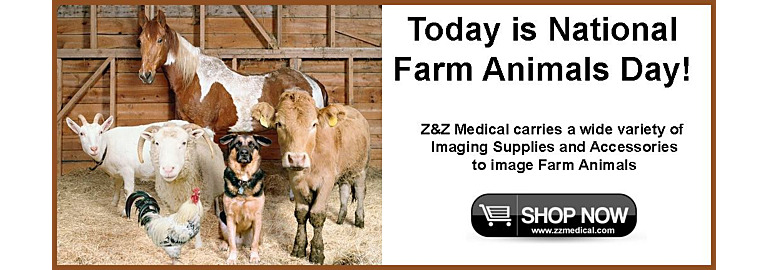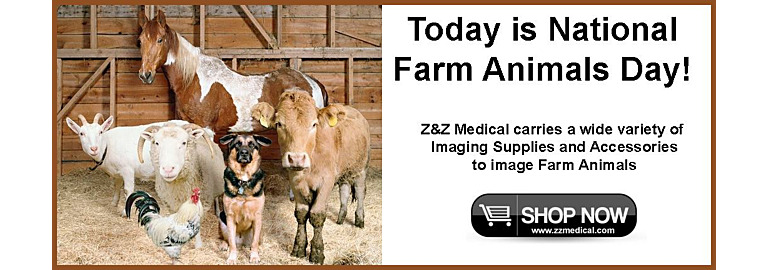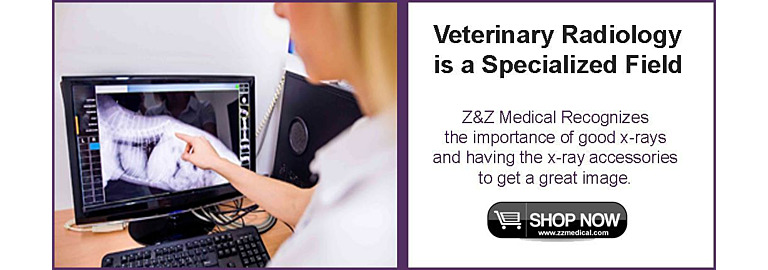It's National Farm Animal Day 2024
National Farm Animals Day, celebrated annually on April 22nd, is a day to recognize and appreciate the important role that farm animals play in our lives. At Z&Z Medical, we want to take this opportunity to highlight some of the X-ray accessories that we offer that can be used for imaging farm animals.
Our selection includes a variety of large animal positioning aids and immobilization devices that are designed to keep farm animals still during the X-ray procedure. These include:
- Large animal X-ray immobilization straps that are designed to keep the farm animal still during the X-ray procedure
- Large animal X-ray positioning aids that help to position the farm animal correctly for the X-ray
- Large animal X-ray grids that help to improve the quality of the X-ray image by reducing scatter radiation
We also offer a range of other accessories such as lead apron holders, radiation protection devices, and customized X-ray markers. These accessories are designed to improve the accuracy and safety of the X-ray procedure for both the farm animal and the medical staff.
Our team of experts is available to help you choose the best X-ray accessories for your practice. We can help you select the appropriate size and type of positioning aid or immobilization device for your farm animal patients, as well as providing the recommendations for the other accessories that may enhance the overall quality of your X-ray imaging.
At Z&Z Medical, we are committed to providing our customers with the highest-quality products and services. Browse our selection of X-ray accessories today and see how we can help you improve the accuracy and safety of your X-ray procedures for farm animals.





